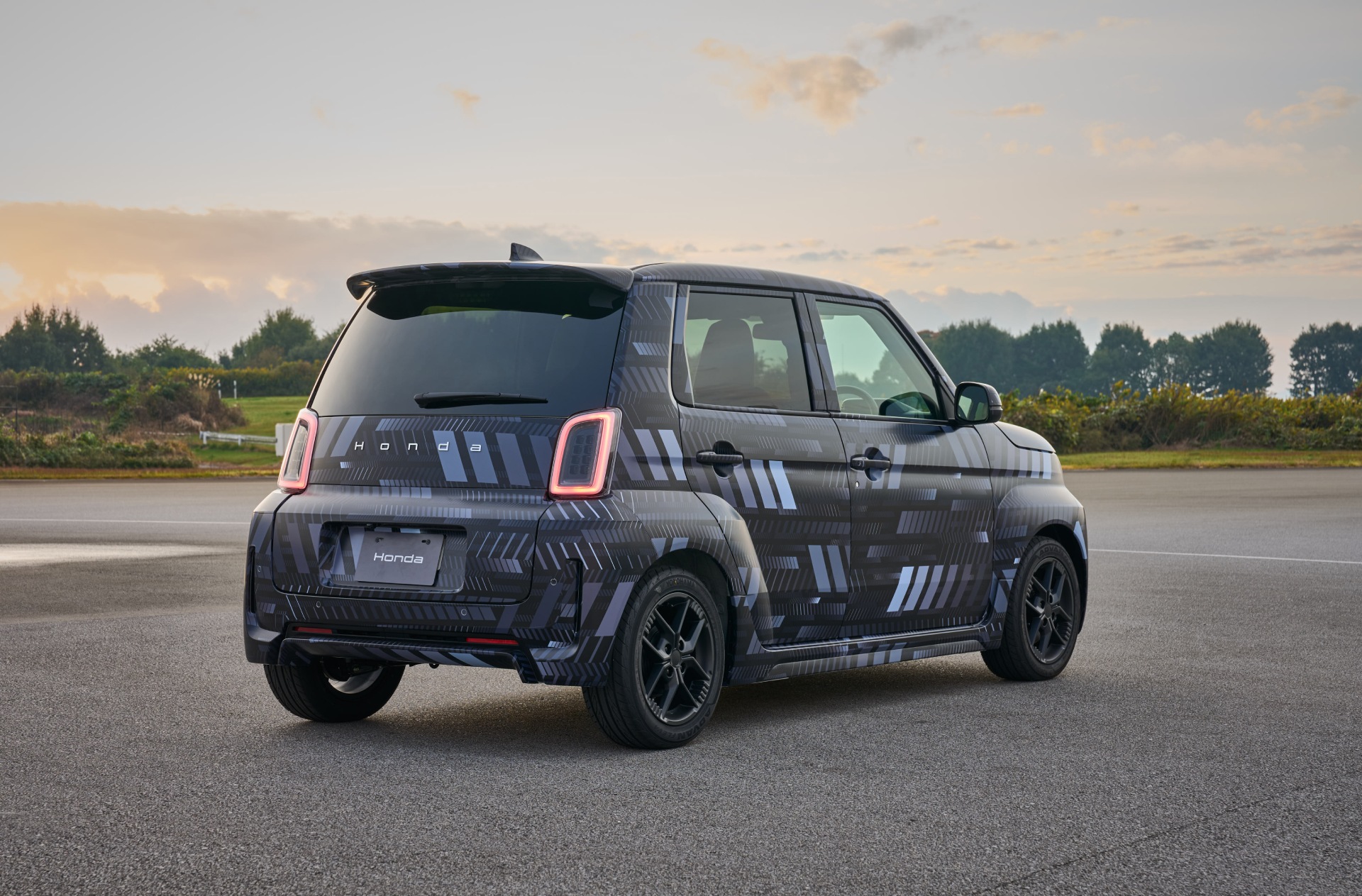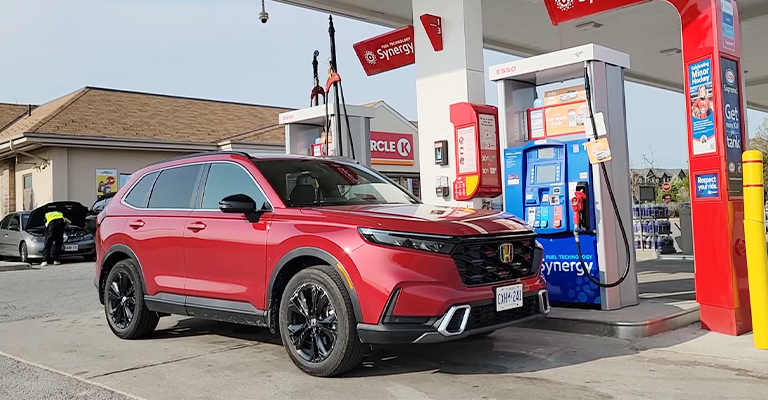F20B was one of those special engines that Honda produced. While they came with no turbochargers, you can get one and boost the performance. So it’s important to choose the right one.
Then, what turbo do I need for an F20B? A suitable turbocharger for a Honda F20B engine should provide sufficient airflow for the engine. So it can reach the desired power output for the specific model of the engine. Generally, you need a T3 or T4 turbo for SOHC F20B3 and F20B6, and T4 or T6 turbo for the DOHC F20B engine.
Continue reading to learn more about the different types of turbochargers available and how they can work with your F20B engine.
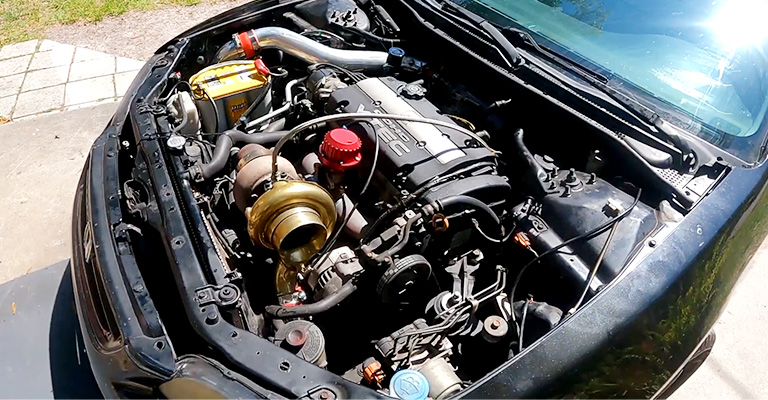
What Turbo Do I Need For A F20B?
The Honda F20B engine is a 2.0-liter four-cylinder engine produced from 1993 to 2002 and installed in various Accord models. This engine could produce up to 200 horsepower and 195 to 200 pound-feet of torque, depending on the version.
Likewise, the F20B engines can handle up to around 15-20 PSI of boost. However, the exact amount will depend on the engine components and the airflow the turbo can provide.
So, with the right setup, you can expect a turbocharged engine to produce significantly more power than a non-turbocharged engine. In this sense, the type of turbo for an F20B engine will depend on your power goals and the desired characteristics of the turbo system.
That means a smaller turbo will be fine for the SOHC F20B3 and F20B6 engine variants. For example, T3 or T4 turbo will work well for power outputs of up to 150-200 horsepower.
On the other hand, for the DOHC F20B engine variants, a larger turbo is better. So T4 or T6 turbo may be needed to achieve power outputs of up to 200 horsepower or more. You will also need to ensure that the fuel, exhaust, and other engine components can handle the additional power output.
Additionally, you should also pay attention to the size of the compressor wheel, turbine wheel, and exhaust housing AR ratio. This is to ensure that the turbo system can provide the desired amount of airflow.
How Much Horsepower Can You Give Your F20b Engine?

The amount of horsepower you can get from a turbo will depend on the size and type of the turbo, the size of the engine, and the amount of boost pressure you are running.
In general, a turbocharger can provide up to 30% more power than a naturally aspirated engine. Nevertheless, this can vary significantly depending on the setup. You can expect to see up to around 200 horsepower on a small engine. But, the larger engines may be able to produce up to 500 horsepower or more.
Moreover, you will need to choose the appropriate turbo size for your engine. Also, you should ensure that your engine’s boost pressure is within the optimum range to maximize the power output.
Factors Affecting What Type Of Turbo You Can Use With The F20B
Choosing the right turbo for your Honda F20B engine can be daunting. So, a few key factors to consider when selecting a turbo for the F20B include size, trim, housings, compressor maps, and boost pressure. Let’s look at these factors and how they affect your decision.
Size
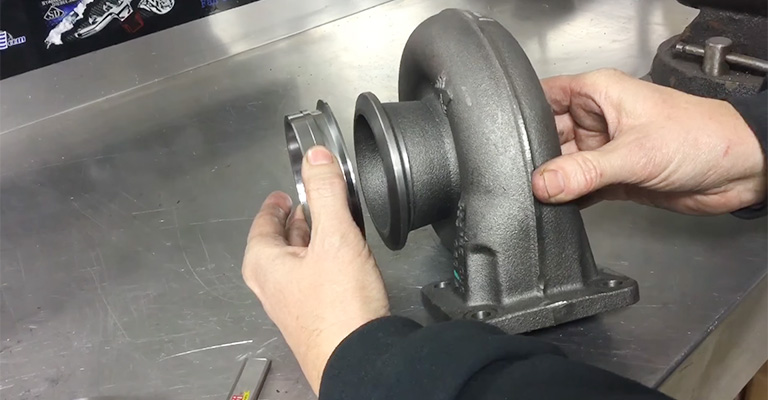
The size of the turbo is measured by the inducer and exducer, which are the two sides of the fan blades. This inducer is the side where the air comes in, while the exducer is the side where the air exits.
And the measurements of the inducer and exducer will tell you the size of the turbo, and the larger the turbo, the more air it can flow.
Trim
The measurements of the inducer and exducer of each wheel can be boiled down into two measurements, known as trim. So, the higher the trim number, the more air a wheel will flow.
However, the compressor wheel and turbine wheel have different trims. So it’s important to measure both when selecting a turbo for your F20B engine.
Housings
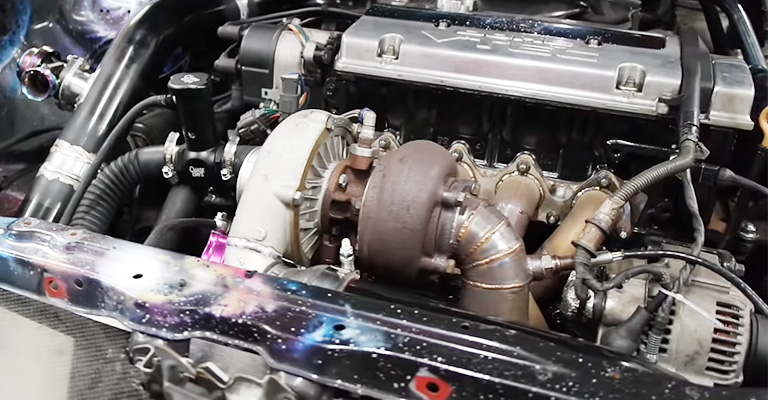
The turbo also comes with housings, which are important to consider when selecting a turbo. Although the compressor housing is not as important, the turbine housing is critical for sizing the right turbo to your engine.
Thus, the measurement of the turbine housing will tell you how much exhaust gas can flow through it. And this is important for making power the way you want it to. A larger turbine housing will create more lag, while a smaller one will create a quicker spool. But it can choke your engine out at higher RPMs.
Compressor Maps
Compressor maps are a great tool to size a turbo to your engine. It gives you a plain look at how much air a turbo can flow. On the map, the x-axis is the corrected airflow in pounds per minute, and the y-axis is the pressure ratio.
The pressure ratio is the ratio of the pressure in front of the compressor, such as in the atmosphere, versus the boost side cramming air into your engine. You want to ensure your turbo is operating in an efficient area, as indicated by the efficiency islands on the map.
Boost Pressure

Finally, consider the boost pressure you’ll be running with your turbo. The boost pressure is the amount of pressure that the turbo creates. Hence, it’s important to consider this when selecting a turbo, as you want to ensure that the boost pressure matches your goals.
If you want more power, you’ll need to select a turbo that can handle higher boost pressure.
What Are The F20b Turbo Options Available?
There are several options available for turbocharging this engine, ranging from stock options to aftermarket kits to custom-built turbos.
Aftermarket
Aftermarket turbo kits are also available for the F20B engine. These kits typically include a turbocharger, wastegate, and other components, such as a downpipe, intercooler, and air intake.
These kits can provide more power, but they require more extensive modifications to the engine. For example, you may need to modify the exhaust, fuel, and engine management systems to support the turbo’s increased power output.
The advantage of using an aftermarket turbo kit is that it can significantly increase power over the stock turbo. However, the disadvantage is that it requires more work to install and may not be as reliable as a stock turbo.
Custom-Built Turbos
For those looking for even more power, custom-built turbos are the way to go. These turbos are custom-built to the specific specifications of the engine and can provide the highest levels of power and performance.
Typically, specialized companies or individuals with extensive experience building high-performance engines build these custom-built turbos.
The advantage of using a custom-built turbo is that it can provide the highest levels of power and performance. But the disadvantage is that it is the most expensive and time-consuming option.
Moreover, it requires significant work to design and build a custom turbo, and it may not be as reliable as a stock or aftermarket option.
Conclusion
Choosing the right turbo for your Honda F20B engine is important, as it can make or break your engine’s performance. You need to consider the size, trim, housings, compressor maps, and boost pressure to ensure that you’re getting the best turbo for your needs.
Aftermarket kits and custom-built turbos can provide the highest power levels. But they require more work and may not be as reliable as a stock option. Ultimately, the best turbo to use with your F20B engine will depend on your power goals, the size of your engine, and your budget.




